Go behind the scenes of marine sanctuary fieldwork in this collection of videos showing scientists in action, monitoring and researching underwater noise, and working with the animals that can help them better understand marine ecosystems.
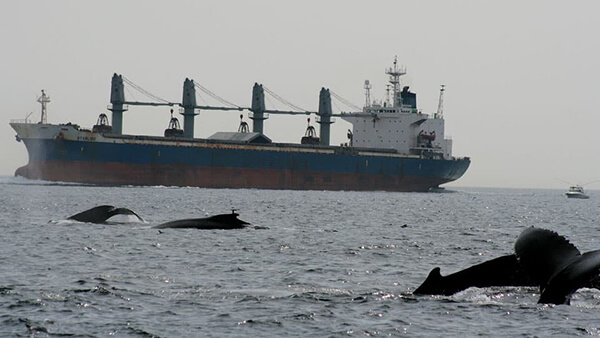
How do you record the ocean soundtrack? With a hydrophone! Postdoctoral researcher Dr. Jenni Stanley has been deploying hydrophones at several national marine sanctuaries in order to characterize their soundscapes. Learn more in our video!
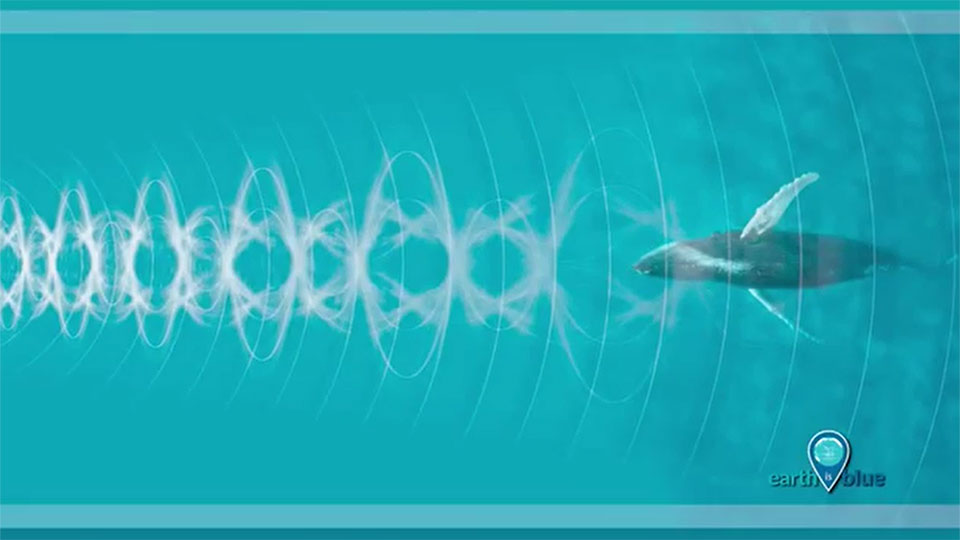
How do scientists measure sound in national marine sanctuaries? Check out our video about a new hydrophone in Cordell Bank National Marine Sanctuary to find out!
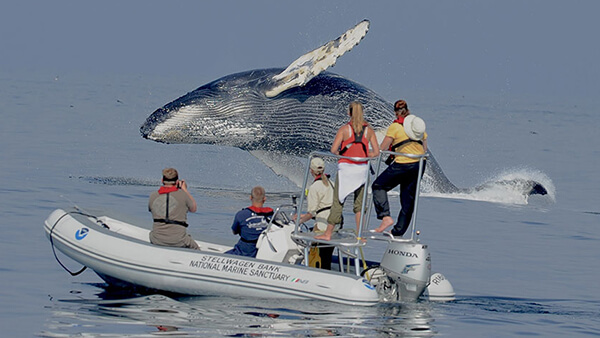
How do scientists in Stellwagen Bank National Marine Sanctuary tag humpback whales? Very carefully! Attached temporarily with suction cups, these tags help researchers understand where whales are going and what sounds they're making.
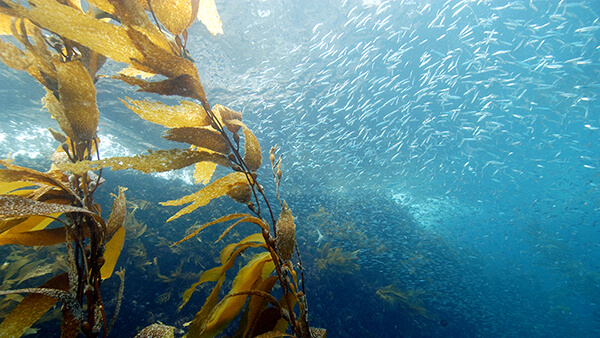
What's one key way that researchers can monitor what's living in Channel Islands National Marine Sanctuary? Acoustic monitoring! With acoustic receivers, we can get the exact position of tagged animals like leopard sharks, soupfin sharks, juvenile white sharks, and sevengill sharks, which use the sanctuary as habitat and help maintain the ecosystem. #EarthIsBlue
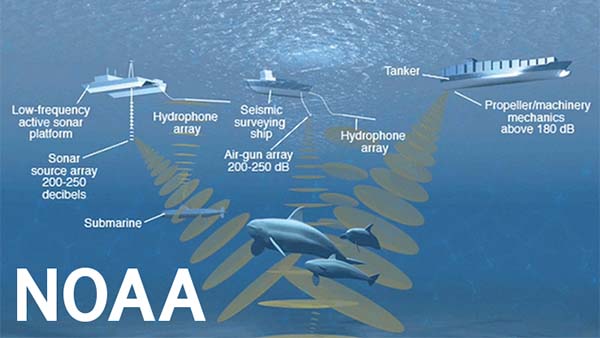
A mooring containing a hydrophone was deployed in Cordell Bank National Marine Sanctuary in October 2015. The acoustic mooring works to record ambient ocean sound to create a soundscape of the sanctuary, providing information about what types of sounds and how loud the sounds are in the ocean. With this information, the sanctuary hopes to understand how these animals might be affected, what types of noise they're experiencing in the ocean, and how much of that noise they're experiencing to understand how that could be affecting their habitat.
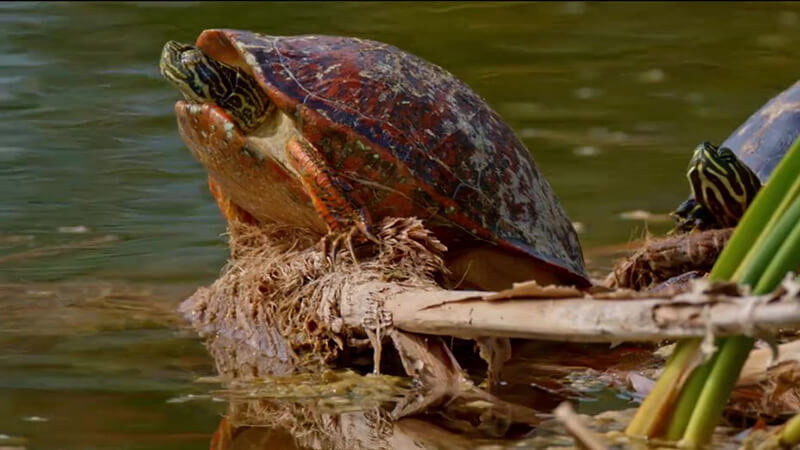
Wildlife Management Areas help NOAA Florida Keys National Marine Sanctuary keep wildlife safe from human disturbances. Learn how this tool, and others, will help the sanctuary protect marine life for the future